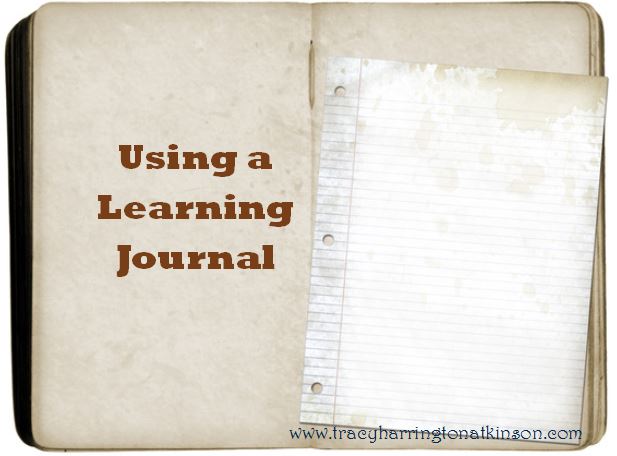Both educators and learners should be urged to keep an accurate learning journal. Through this autobiographical means, the individual will understand their past learning experiences and how they relate to current learning and teaching incidents. By using this tool, students and educators can understand their personal learning style and how it may be manifested in the classroom. As each learning experience is recorded, they should be used to engage in a reflection period to discuss and ponder on what was learned as well as the method. The results of developing a learning journal and reflecting on these experiences lead to enhanced self-esteem, an evaluative competence of self, acquiring learning principles, accepting responsibility, gaining social forms of learning and being prepared for lifelong learning. (Arikan, 2011; Dam, 2011). 
It is essential for educators to investigate their personal learning experiences to understand themselves not only as learners but as instructors. Osterman & Kottkamp (2004) emphasize the importance for educators to understand their learning experiences to enhance their ability to recognize their reactions to their students. Through this means, patterns can be observed and developed or altered as needed. Additionally, it is advantageous for educators to notate their feelings and emotions in learning experiences which only develops the ability to identify particular practices within their profession. The greatest benefit to the learning journal is the development of sensitivity and responsiveness instructors feel as they make connections with their students as they both succeed and struggle during the learning process.
The process of learning from one’s past experiences and current learning as well as teaching experiences needs to be continued through the use of the learning journal. This record will continue to allow for the facilitation of the learning process and individual reflection. However, the recording process does not need to be time consuming. One teacher simply jotted notes of personal remembrance in the margins of her lessons plans, allowing her to revisit them at a later day. Another simple method is through bullet journaling where a record is created through quick bullet points. Despite how a learning journal is kept, the methodology of self-reflection is an opportunity with little risk to the participant (Brookfield, 1995).
Only as both the strengths and weaknesses of these experiences are carefully recorded and reflected upon do educators have the ability to address the strengths and weaknesses of themselves and their students. Armed with this knowledge, they are able to compensate and adjust accordingly (Brown, 2012). They are able to completely understand how their students feel and experience when approaching a new learning opportunity and recognize any gaps between reality and the desired outcome while addressing the fissure before facing a catastrophe (Brookfield, 1995).
Sources:
Arikan, A. (2011). Classroom texts and tasks for promoting learner autonomy in teacher education programmes: a postmodern reflection on action. In D. Gardner (Ed.) Fostering autonomy in language learning (pp. 166 -172). Gaziantep: Zirve University.
Brookfield, S. (1995). Becoming a critically reflective teacher. San Francisco: Josey-Bass.
Brown, D. (2012). Student self-directed learning. Retrieved from http://ssdl.blogspot.com/2005/03/what-makes-good-learner.html
Dam, L. (2011). Developing learner autonomy with school kids: Principles, practices and results. In D. Gardner (Ed.) Fostering autonomy in language learning (pp. 40-51). Gaziantep: Zirve University.
Osterman, K. & Kottkamp, R. (2004). Reflective practice for educators: Professional development to improve student learning. Thousand Oaks, CA: Sage.
By Tracy Atkinson
Tracy Atkinson, mother of six, lives in the Midwest with her husband. She is a teacher, having taught elementary school to higher education, holding degrees in elementary education and a master’s in higher education. Her passion is researching, studying and investigating the attributes related to self-directed learners. She has published several titles, including Calais: The Annals of the Hidden, Lemosa: The Annals of the Hidden, Book Two, Rachel’s 8 and Securing Your Tent. She is currently working on a non-fiction text exploring the attributes of self-directed learners: The Five Characteristics of Self-directed Learners.

Comments are closed